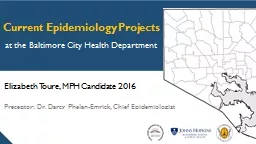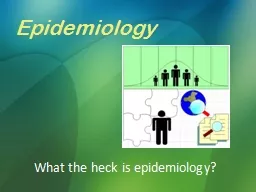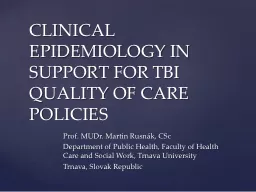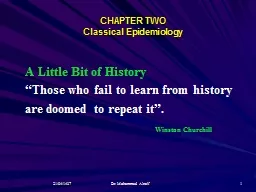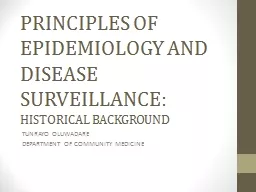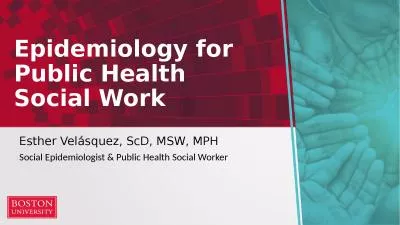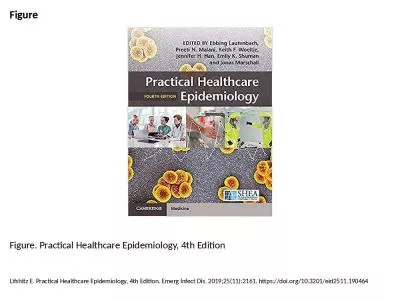PPT-Current Epidemiology Projects
Author : test | Published Date : 2017-03-17
at the Baltimore City Health Department Elizabeth Toure MPH Candidate 2016 Preceptor Dr Darcy Phelan Emrick Chief Epidemiologist 6 month internship at the Baltimore
Presentation Embed Code
Download Presentation
Download Presentation The PPT/PDF document "Current Epidemiology Projects" is the property of its rightful owner. Permission is granted to download and print the materials on this website for personal, non-commercial use only, and to display it on your personal computer provided you do not modify the materials and that you retain all copyright notices contained in the materials. By downloading content from our website, you accept the terms of this agreement.
Current Epidemiology Projects: Transcript
Download Rules Of Document
"Current Epidemiology Projects"The content belongs to its owner. You may download and print it for personal use, without modification, and keep all copyright notices. By downloading, you agree to these terms.
Related Documents

